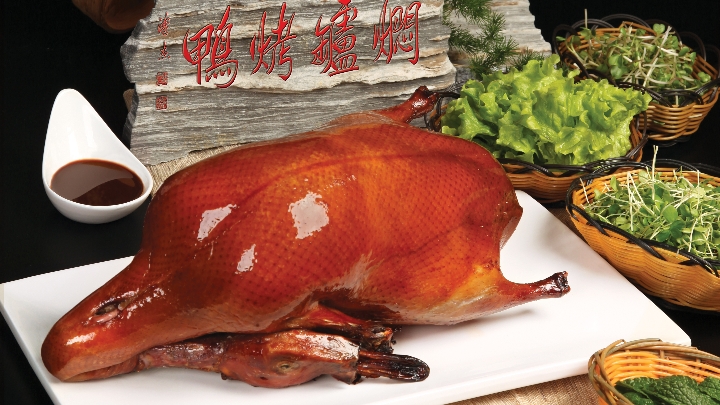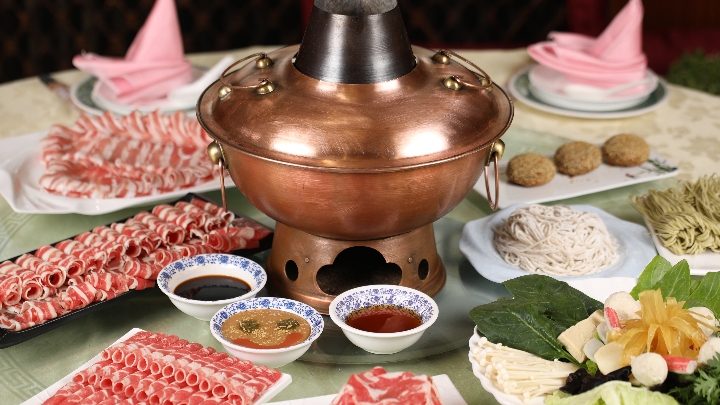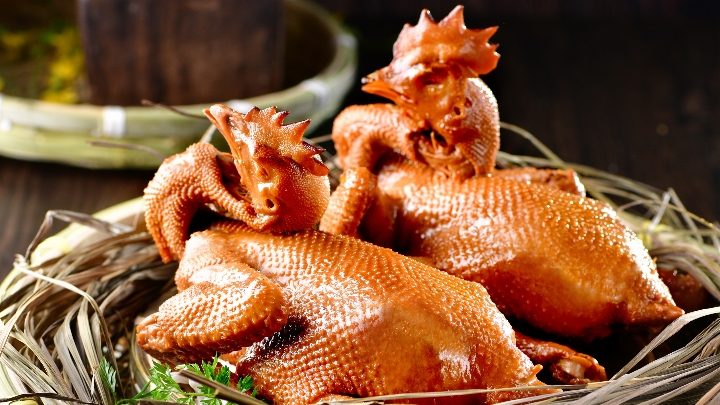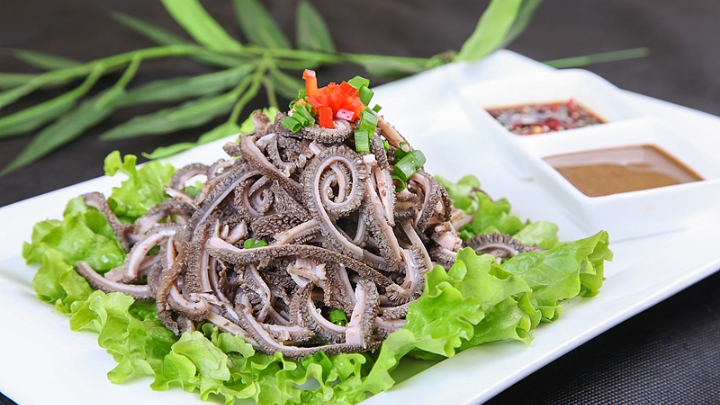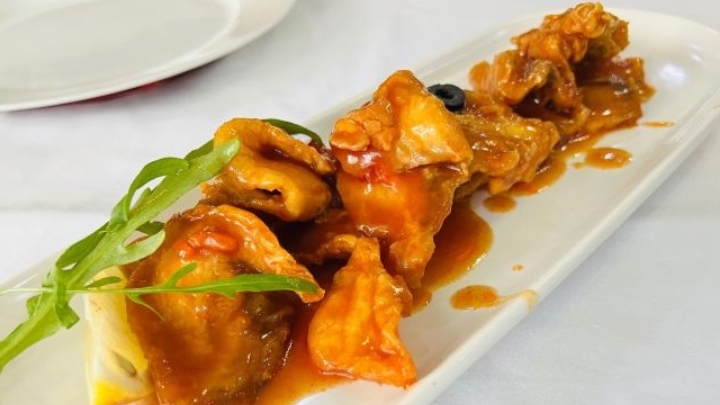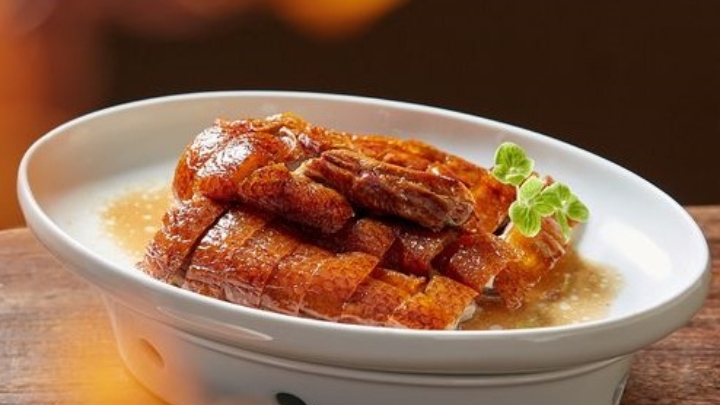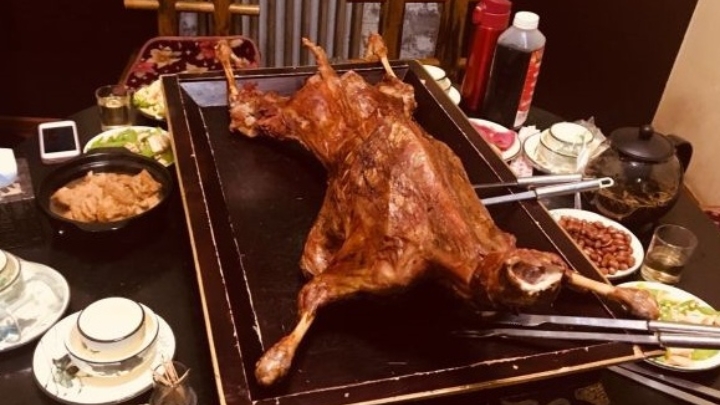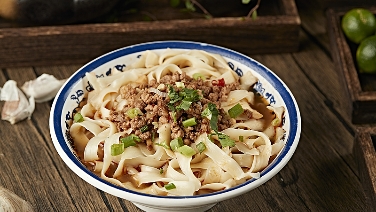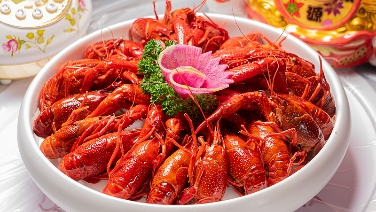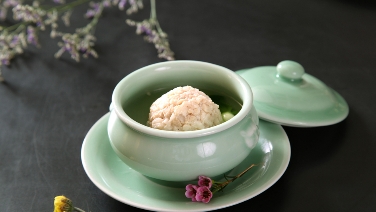Regional Offices in Beijing
More >Exotic Restaurants
More >As an international metropolis, Beijing is renowned for its inclusiveness and rich cultural heritage. With the growth of diplomatic, business, tourism, and cultural exchange activities, the city not only offers a wide array of Chinese cuisine, but also invites residents and tourists alike on a global gastronomic adventure.
-
 American cuisine
American cuisineAmerican cuisine
American cuisine is characterized by its diversity, incorporating a variety of cooking methods such as boiling, steaming, roasting, and grilling. It is convenient to serve and emphasizes nutrient combining.
-
 Russian cuisine
Russian cuisineRussian cuisine
Russian cuisine draws on the essence of European culinary traditions while incorporating the daily habits of Russian life, resulting in a distinctive culinary style. Traditional Russian dishes are characterized by their richness in fat and robust flavors, balancing sour, sweet, spicy, and salty elements. Common ingredients include sour cream, tvorog, fish, and potatoes.
-
 Spanish cuisine
Spanish cuisineSpanish cuisine
Spanish cuisine reflects a Mediterranean dietary style, favoring ingredients like olive oil, tomatoes, fish, and garlic to balance flavor and health. Among its renowned dishes, Spanish paella stands out as one of the three most famous Western dishes, alongside French escargot and Italian pasta.
-
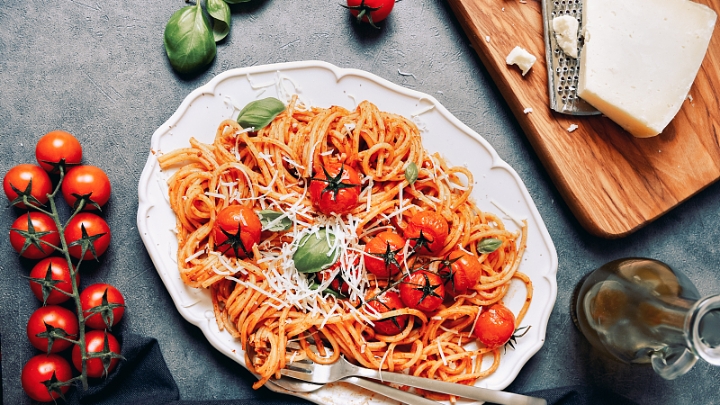 Italian cuisine
Italian cuisineItalian cuisine
As a major genre of the Western cuisines, Italian cuisine has had a profound influence on the dishes of many European countries and regions. Italian cuisine is known for its use of garlic, scallions, tomato sauce, and cheese, with common cooking methods including sautéing, frying, roasting, braising, and stewing. Pasta and pizza are especially renowned.
-
 French cuisine
French cuisineFrench cuisine
France has a long culinary culture. Widely recognized as one of the world's top three cuisines, French cuisine is characterized by its wide selection of ingredients, meticulous preparation, and refined cooking techniques. It is reputed as an art for its delicacy, luxury, and taste, captivating foodies worldwide.
-
 German cuisine
German cuisineGerman cuisine
German cuisine is known for its sour and salty flavors and strong seasoning, and cooking methods include roasting, stewing, skewering, and braising. Germans love meat, especially sausages, pork knuckles, and blood sausages, which can be very satisfying when served together with refreshing German beer and tangy sauerkraut.
-
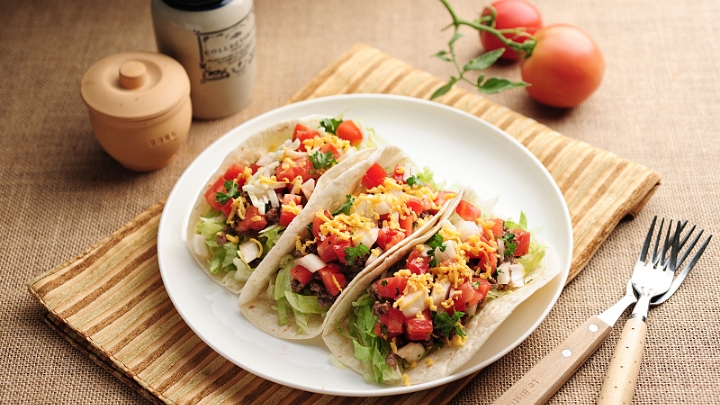 Mexican cuisine
Mexican cuisineMexican cuisine
Mexican cuisine primarily features chilli peppers and tomatoes, with flavors ranging from sweet and spicy to sour. The most popular cooking methods are grilling and roasting, with sauces playing a crucial role. Corn, beans, and chilli peppers are the three essential elements on the Mexican table.
-
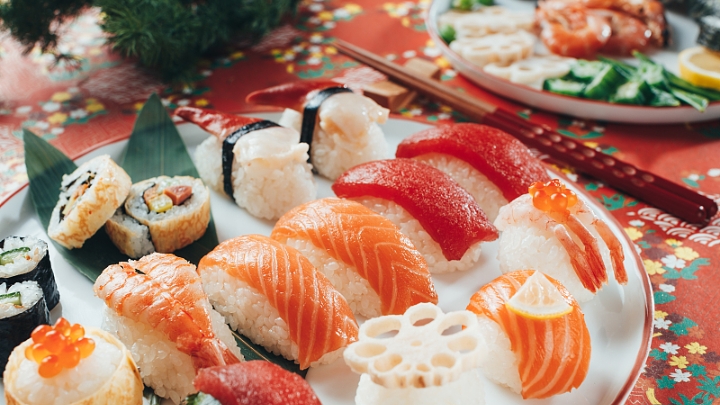 Japanese cuisine
Japanese cuisineJapanese cuisine
Japanese cuisine embraces the freshness and natural quality of ingredients, using produce and methods with each new season. It focuses on color and presentation to create an aesthetically pleasing experience.
-
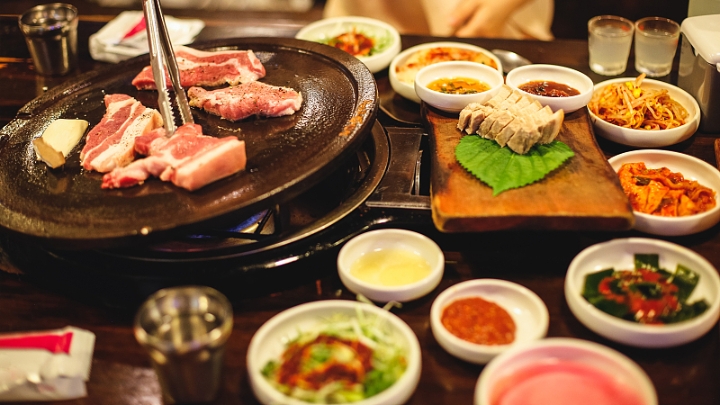 Korean cuisine
Korean cuisineKorean cuisine
Korean cuisine is famous for its spicy flavors. Traditional dishes, boiled, grilled with fresh salads, mainly use meat, seafood, and vegetables. Modern dishes like Jajangmyeon (noodles in black bean sauce) and Korean Fried Chicken are fusion dishes integrating culinary elements from around the globe, using kimchi, gochujang (Korean chili paste), and cheese.
-
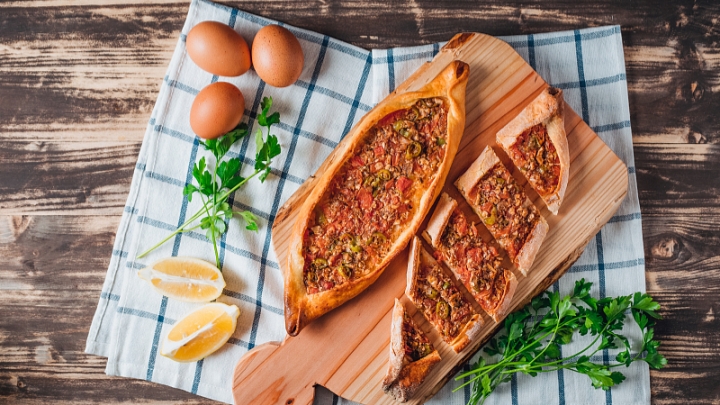 Middle Eastern cuisines
Middle Eastern cuisinesMiddle Eastern cuisines
Middle Eastern cuisine favors barbecue and commonly uses olive oil. It's renowned for its sweet, aromatic, and rich flavors. Barbecue is especially popular in the region, and dishes like bean pastes and okra offer distinctive and unique tastes.
-
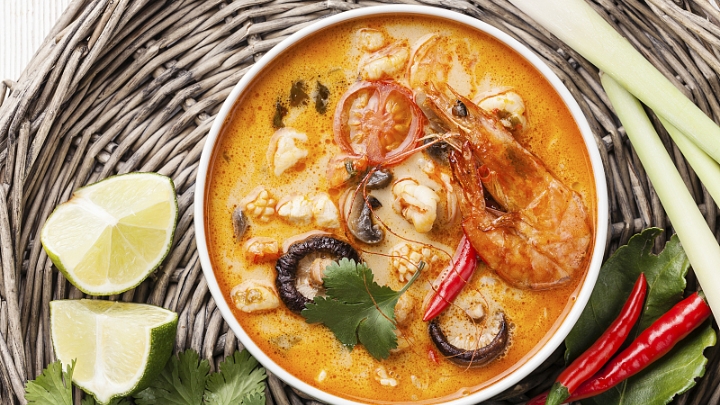 Thai cuisine
Thai cuisineThai cuisine
Thai cuisine is known for its balance of sour, spicy, salty, sweet, and bitter flavors, with seafood, fresh fruits, and vegetables. Signature dishes include Tom Yum Soup, Tom Kha Gai (Thai Coconut Chicken Soup), Curry Fish Cakes, Green Curry Chicken, and Khao Niew Mamuang (Sticky Rice Cooked with Coconut Milk and Served with Mango).
-
 Indian cuisine
Indian cuisineIndian cuisine
Indian cuisine is reputed for its curry dishes and a wide range of spices for cooking with fish, meat, and vegetables. These spices enhance the natural flavors while creating a rich aroma. Notable dishes include Curried Mutton and Deep-fried Vegetables.
-
 Vietnamese cuisine
Vietnamese cuisineVietnamese cuisine
Vietnamese cuisine makes extensive use of tropical fruits and vegetables, focusing on natural and refreshing flavors with a balance of sour and sweet tastes and plentiful herbs and leaves, using. fish sauce, soy sauce, and chili sauce for seasoning, boiled, stewed, grilled or fried dishes. Notable dishes include Raw Beef Pho, Vietnamese Spring Rolls, Balut, and Pork Shreds with Pickled Vegetables.
